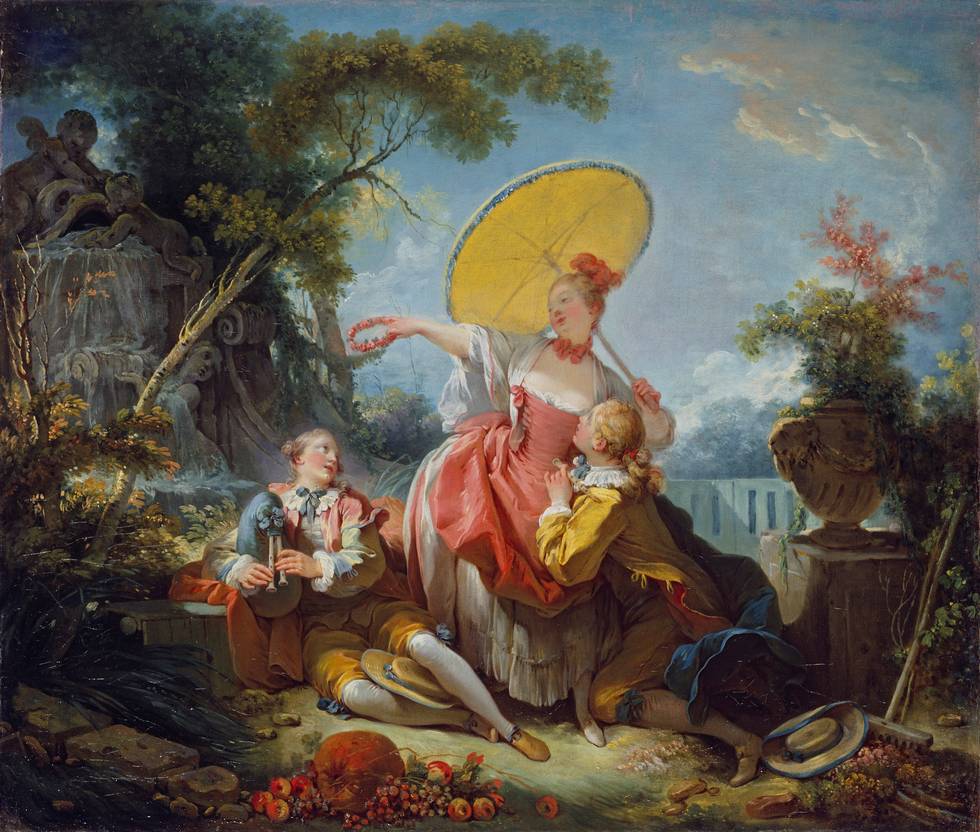When the Wallace Collection opened to the public in 1900, many people were most interested in the 18th-century French art. Paintings by artists like François Boucher and Jean-Honoré Fragonard were not very well known back then, but they got a lot of attention. Their fun and playful style, called Rococo, was very different from the preceding styles of art people were used to. Because of this, the style was perceived as superficial.
But Rococo art shows us an exciting and creative time in European history. This was when people started thinking more about science, reason, and fairness—ideas that were part of the Enlightenment. More than just being pretty, Rococo made people think about big questions in art. Perhaps more importantly, it raised aesthetic questions that would later become central to modern art.
Can Rococo still matter today? How does the setting of these artworks contribute to their interpretation? In the Wallace Collection's past display Language of Rococo, Flora Yukhnovich (1990) posed these questions by challenging the traditional tropes found in the Rococo movement. Through colour and form, she explored how people see femininity and gender today. By mixing the old style with new ideas, she showed how Rococo can still speak to us now.
By blending new and old styles, the display encouraged visitors to question their ideas about Rococo art. Perhaps it’s the style’s intentional elegance and exaggeration that helps it stay meaningful in today’s world.

